#new york ironweed
Photo
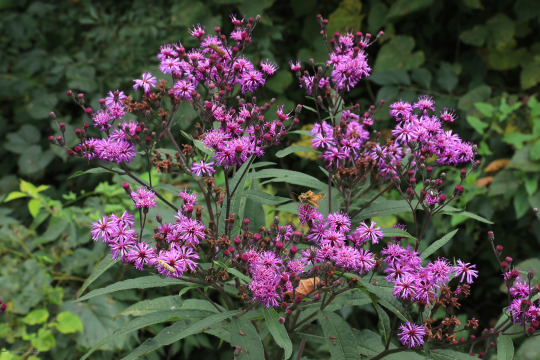
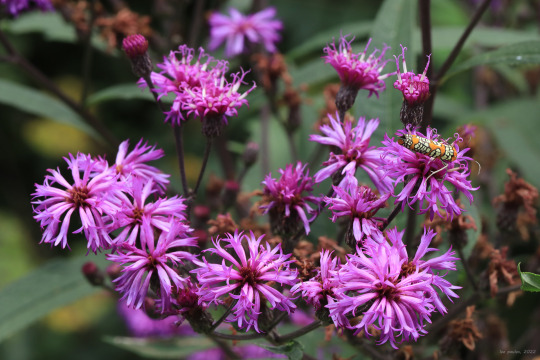
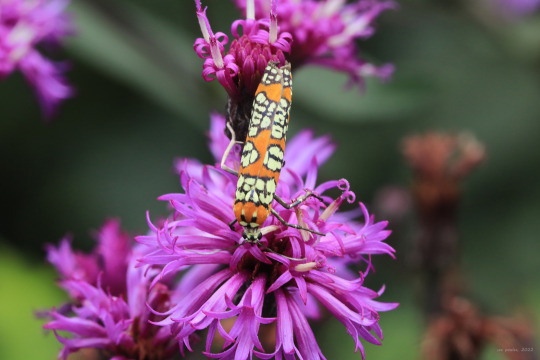

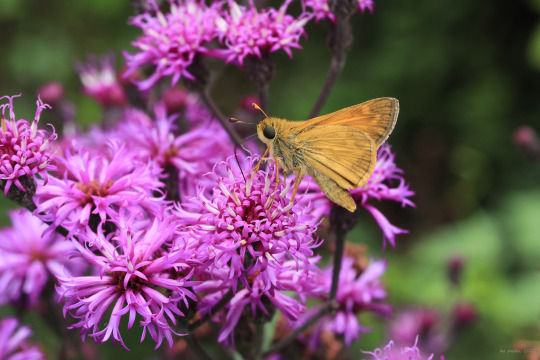
The secret life of ironweed (Vernonia noveboracensis).
#appalachia#vandalia#west virginia#flora#wildflower#late summer#vernonia noveboracensis#ironweed#new york ironweed#atteva aurea#ailanthus webworm#ermine moth#polites peckius#peck's skipper#mon river trail
94 notes
·
View notes
Text
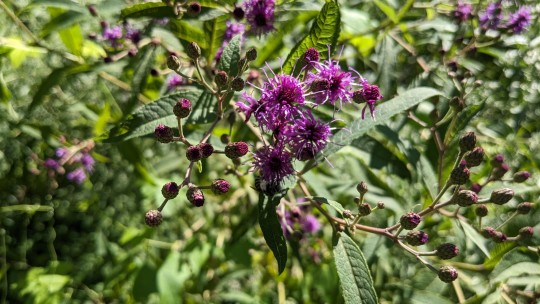
Vernonia noveboracensis / New York Ironweed at the Sarah P. Duke Gardens at Duke University in Durham, NC
#Vernonia noveboracensis#New York Ironweed#Tall Ironweed#Ironweed#Vein leaf hawkweed#Native plants#Native flowers#Flowers#Nature photography#photographers on tumblr#Sarah P. Duke Gardens#Duke Gardens#Duke University#Durham#Durham NC#North Carolina
0 notes
Text

New York Ironweed, Sippo Valley Trail - 2022-08-04
0 notes
Text
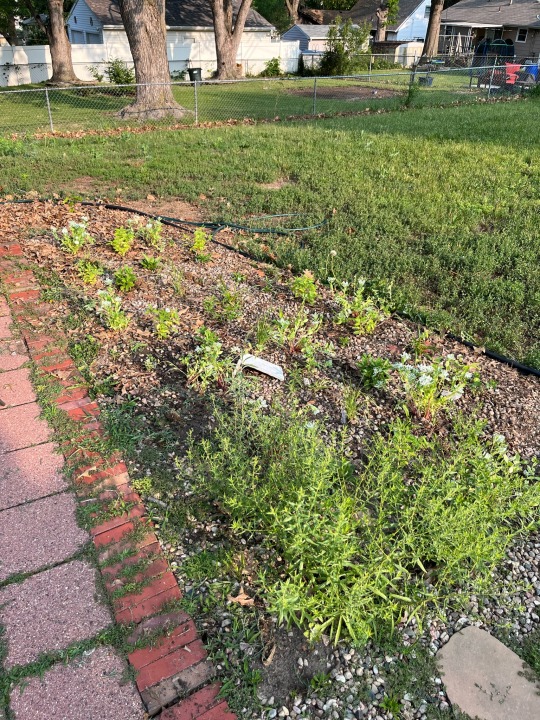
Sixty-four-ish plugs later and one little patch of my yard is starting to look like a garden. None of them look like anything right now besides the snow-on-the-mountain (Euphorbia marginata) which I got for free. Please ignore the weeds, I’ve done four major weedings in this area alone. The plan is that all of these plants will grow into each other so densely I won’t need to plant a ground cover (hahaha we’ll see). The rectangular whitish-grey lump in the middle of this bed is half of a trough planter that froze solid and cracked in half on the diagonal, I thought it was too funny to waste so I plopped it in here as a shelter for anybody passing through.
Also it’s hard to tell but my “lawn” is way too tall for this suburb. I keep the front much shorter but I’m the only person who sees lightning bugs in their backyard so I’m keep on not mowing the back. Eventually the front lawn will be replaced with shrubs and flowers anyway.
Because I'm a landscaper and work in a nursery, everyone assumes my own garden must be spectacular. It's... this. I put my clients' gardens first and if I have any time leftover, I tend my own. This is also my first real growing season in this house and I've spent a lot of it fixing problems previous owners created (invasive clematis on the fence, a huge pile of sand in the middle of the yard where they put a chicken run that they then took with them in the move, regrading the slope around the foundation, putting downspouts on the gutters, ripping out a half-formed brick patio made out of the wrong materials improperly set, etc. etc. etc.) I also inherited the "river rock landscaping" that you see in this photo. I hate rock mulch because it's hard on the plants growing in it but also because it makes everything hotter. I did my best to work it into the soil in this area and I'll continue topdressing with organic matter periodically to hopefully cover it up. Anyway, a lot of these plants won't bloom until fall so there's a good chance I'll get some flowers this year, even if it's in October. Hopefully next year I'll actually have something to show for my efforts.
The stars of this bed are:
Aromatic aster (Symphyotrichum oblongifolium)
Blacksamson coneflower (Echinacea angustifolia)
Blue wild indigo (Baptisia australis)
Dense liatris (Liatris spicata)
Flowering spurge (Euphorbia corollata)
New York aster (Symphyotrichum novi-belgii)
Partridge pea (Chamaecrista fascisculata)
Pitcher sage (Salvia azurea)
Showy goldenrod (Solidago speciosa)
Snow-on-the-mountain (Euphorbia marginata)
Switchgrass (Panicum virgatum)
Western ironweed (Vernonia baldwinii)
Yarrow (Achillea millefolium)
29 notes
·
View notes
Text
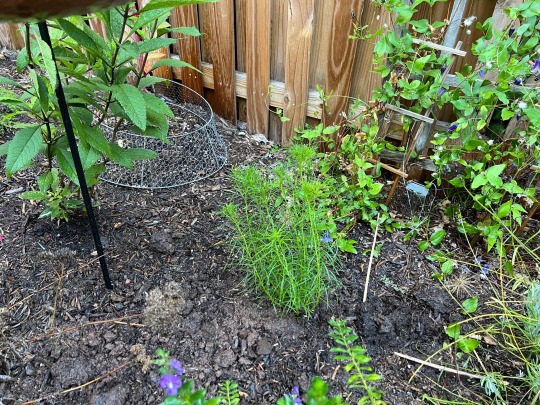
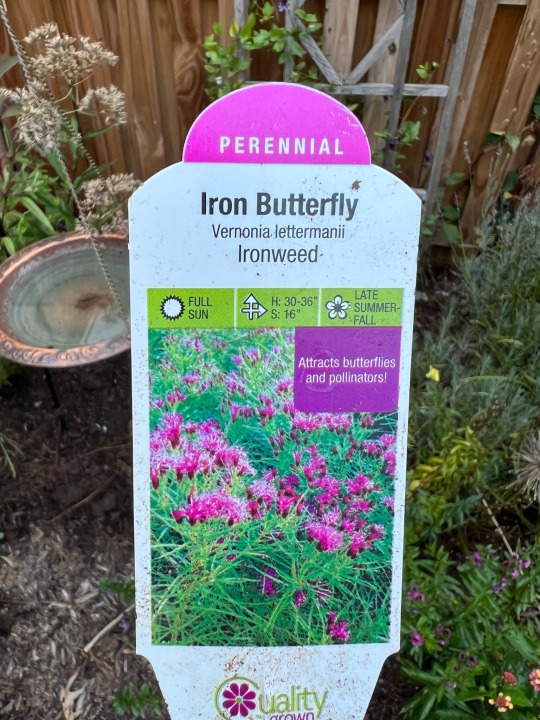
The sun has moved around from the back, so I put in the last of the plants from this nursery trip. Ironweed is another late summer/fall bloomer and pairs well with my Joe Pye Weed. This is not the New York variety (noveboracensis) which gets seven feet tall and can spread aggressively. (If only I had the space for a real wildflower area…)
And here’s a comparison shot of the lantana. First picture is its size when planted at the end of April, second picture is now, four months later, at the end of August
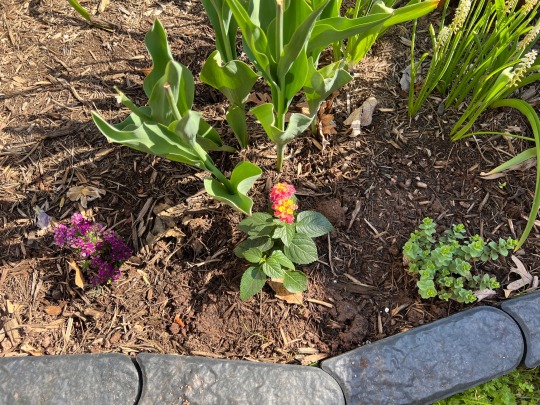

7 notes
·
View notes
Note
Hey! I love your blog so much, and I'm so happy that I found it (it's helped a lot)!
I was wondering if you could do a list of flowers that mean (or fall into the category of/are similar to):
Obsession, Obsessive love, 'til death do us part, I want your attention, I belong to you, you belong to me, etc., etc.
Along with this, I'd also like to know what flowers are native to New Jersey (And also which ones bloom in the fall, if any?)
Thank you, and have a lovely day!
That should be possible with some creativity given that obsession and bonding don’t exist as meanings themselves, but it leans well enough into the Victorian flower language to get something out of it still. Hope there’s something in here that works for your story.
arbor vitae – live for me, unchanging friendship
baby’s breath – everlasting love, innocence, pure of heart
bay leaf – I change but in death/dying
broom-rape – union
carnation (pink) – I will/I’ll never forget you, women’s love
cedar leaf – I live for thee
clover (white) – think of me
columbine – I cannot give thee up, folly, desertion
columbine (purple) – resolved to win
cowslip (american) – divine beauty, you are my angel, you are my divinity
currant – thy frown will kill me, thankfulness
daisy (double) – affection, I reciprocate your affection
daphane (rose) – I desire to please
eschscholzia – do not refuse me
euphorbia – persistence
fleur-de-lis – I burn, flame
foxglove – I am not ambitious for myself but for you, a wish, stateliness, occupation, insincerity, youth
furze – love for all seasons/occasions
gladiolus – you pierce my heart, generosity, I’m sincere, flower of the gladiators
heart’s ease – you occupy my thoughts, forget me not, think of me, thoughts
heart’s ease (purple) – you occupy my thoughts
hemlock – you will be my death
honeysuckle – generous and devoted affection, bonds of love, the bond of love, devotion, I would not answer hastily, fidelity
honeysuckle (coral) – the colour of my fate
honeysuckle (wild) – generous and devoted love
japonica – sincerity, symbol of love
jasmine (indian) – I attach myself to you, attachment, separation
laurestine – a token, I die if neglected, delicate attention
mallow (syrian) – consumed by love, persuasion
rose (carolina) – love is dangerous
shepherd’s purse – I offer you my all
spindle tree – your charms are engraven on my heart
tulip – (a) declaration of love, perfect lover, fame, beautiful eyes
tulip (red) – declaration of love
virginia creeper – I cling to you both in sunshine and in shade
Plants native to New Jersey that bloom in fall/autumn:
allegheny monkey flower
american angelica
american arrowhead
american blue vervain
american lotus
american water-willow
ashy sunflower
bigleaf aster
black-eyed susan
bluebell
blue bead lily
blue cohosh
blue mistflower
blue star
blue wood aster
bottle gentian
bowman’s root
brown-eyed susan
bunchberry
bushy aster
canada goldenrod
canada wild ginger
canadian violet
cardinal flower
carolina geranium
caroline redroot
closed bottle gentian
coastal plain joe-pye weed
common boneset
common evening primrose
cow parsnip
crooked aster
cutleaf coneflower
cup plant
downy skullcap
early goldenrod
false aster
false sunflower
field thistle
flat-topped white aster
foam flower
fringed bleeding heart
fringed loosestrife
gayfeather
golden crownbeard
grass-leaved goldenrod
grassy arrowhead
gray goldenrod
great blue lobelia
hairy aster
hardy hibiscus
heath aster
hoary vervain
horizontal calico aster
jerusalem artichoke
joe-pye weed
late boneset
marsh betony
maryland golden aster
maximilian sunflower
meadow phlox
narrowleaf mountain mint
new england aster
new york aster
new york ironweed
nodding lady’s tresses
orange fringed orchid
orange jewelweed
patridge pea
pearly everlasting
pink tickseed
prairie sagebush
purple-head sneezeweed
purple mountain saxifrage
red baneberry
rock harlequin
rough goldenrod
salt heliotrope
sawtooth sunflower
scarlet bee balm
seashore mallow
seaside goldenrod
selfheal
showy black-eyed susan
showy goldeneye
showy goldenrod
showy tick trefoil
slender buch clover
slender dayflower
smooth beggartick
smooth blue aster
sneezeweed
spotted joe-pye weed
stiff goldenrod
stiff sunflower
swamp sunflower
swamp thistle
sweet goldenrod
sweetscent
sweet-scented joe-pye weed
tall boneset
tall cinquefoil
tall goldenrod
ten-petaled sunflower
threadleaf coreopsis
tickseed
virginia meadow beauty
water arum
western sunflower
wild bergamot
wild cucumber
wild potato vine
wild senna
wingstem
white baneberry
white goldenrod
white panicle aster
white snakeroot
white turtlehead
white wood aster
whorled milkweed
woodland sunflower
wreath goldenrod
yellow jewelweed
yellow pond lily
This website gives a breakdown by county in form of excel lists, albeit it doesn’t say whether the plants bloom in fall or not.
https://npsnj.org/native-plants/where-to-buy-natives/plant-lists/
– Mod Jana
Disclaimer
This blog is intended as writing advice only. This blog and its mods are not responsible for accidents, injuries or other consequences of using this advice for real world situations or in any way that said advice was not intended.
https://www.gardenia.net/native-plants/new-jersey
#flower language#gardening#writing advice#victorian flower language#obession#obessive love#feelings of love#attention#you belong to me#I belong to you#mod jana#ask answered
18 notes
·
View notes
Text
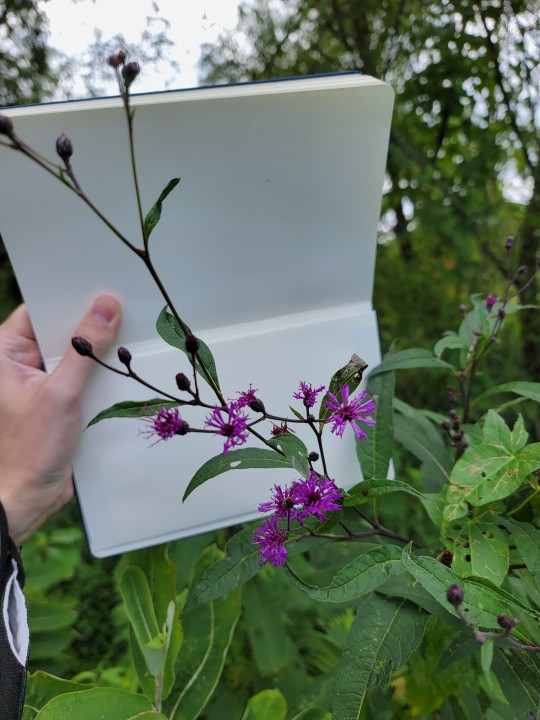
Vernonia noveboracensis - New York Ironweed
5 notes
·
View notes
Text
Ironweed - Héctor Babenco (1987)
“Ironweed is a 1987 American drama film directed by Héctor Babenco. It is based on the Pulitzer Prize-winning novel of the same name by William Kennedy, who also wrote the screenplay. It stars Jack Nicholson and Meryl Streep, with Carroll Baker, Michael O'Keefe, Diane Venora, Fred Gwynne, Nathan Lane and Tom Waits in supporting roles. The story concerns the relationship of a homeless couple: Francis, an alcoholic, and Helen, a terminally ill woman during the years following the Great Depression. Major portions of the film were shot on location in Albany, New York, including Jay Street at Lark Street, Albany Rural Cemetery, and the Miss Albany Diner on North Broadway. ...”
Wikipedia
Cult Movie: Jack Nicholson and Meryl Streep shine in underrated Depression-era drama Ironweed
NY Times: 'Ironweed,' From Hector Babenco
YouTube: IRONWEED (Eureka Classics)

0 notes
Text
Aug 2:
The light coming across our backyard garden was beautiful this morning. This is year 3 of our rain garden. I took the Instant Rain Garden class @mtcubacenter August 2019. A 1 hour class where we were given 5 plants to start our rain garden and told to start by picking a wet spot and digging a hole. Our class’s 5 plants common and Latin names:
#swamprosemallow #hibiscusmoscheutos #commonvervain #verbenahastata #goldenragwort #packeraaurea #switchgrass #panicumvirgatum #newyorkaster #symphyotrichumnovaeangliae
I added a few others including one of my now favorites- New York ironweed- #vernonianoveboracensis - 8 foot tall with purple flowers next to our seed feeder.
Second image - a cat bird at the feeder was watching me photograph 😌
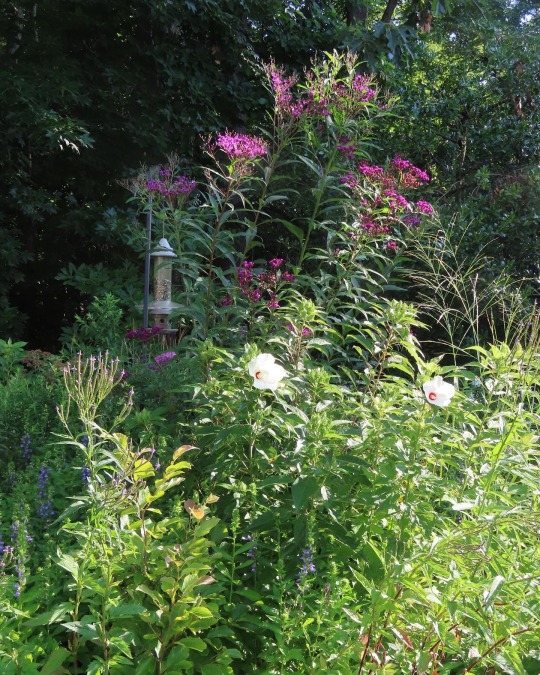
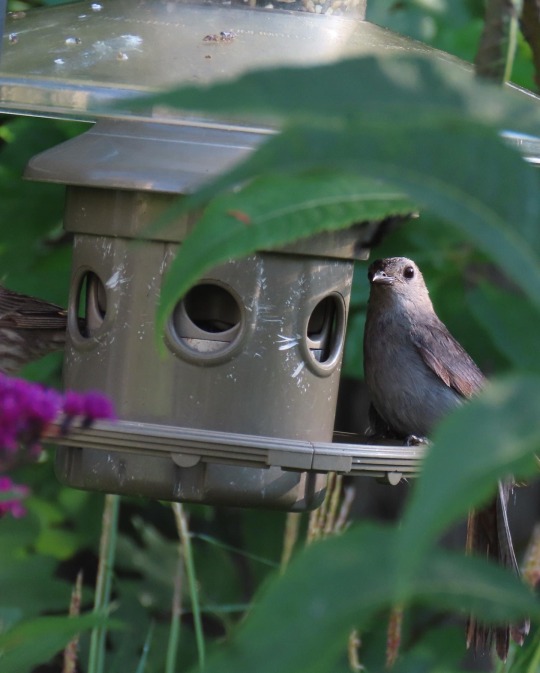
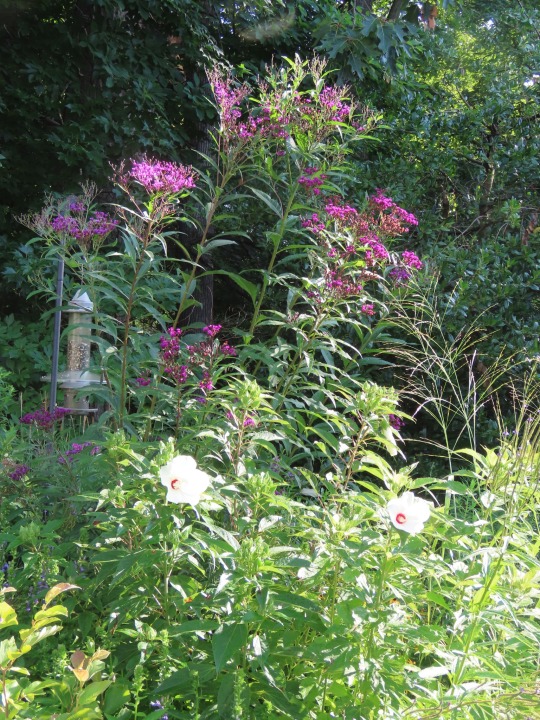
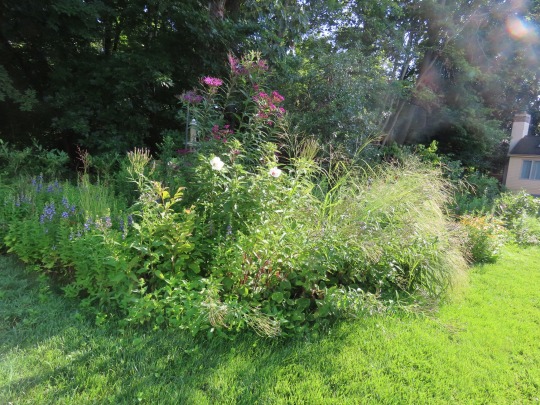
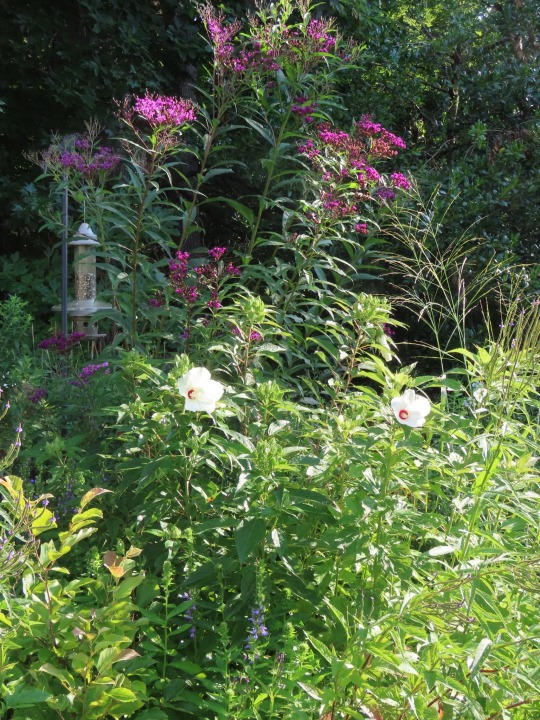
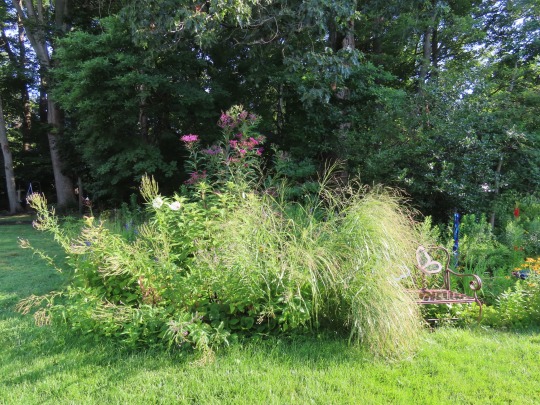

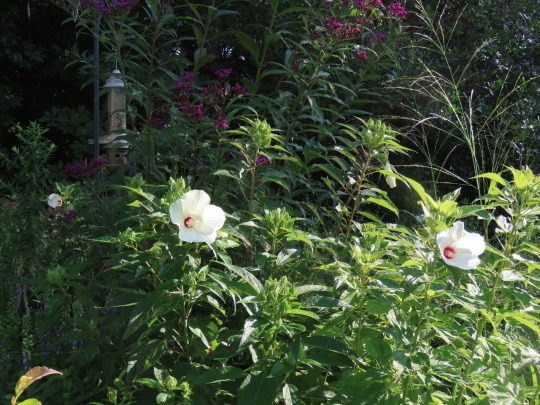

0 notes
Photo
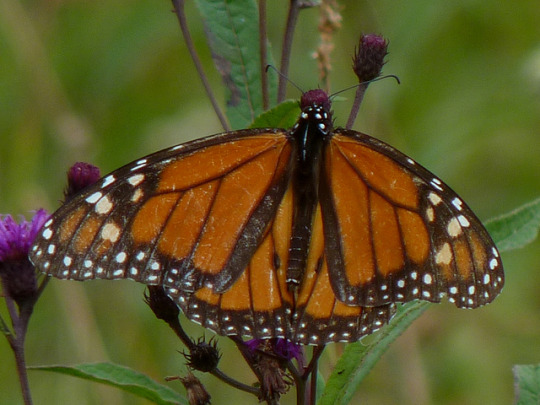
Monarch (by me)
#Monarch#Danaus plexippus#Danaus#Danaini#Danainae#Nymphalidae#Papilionoidea#Lepidoptera#Insecta#Hexapoda#Arthropoda#insects#butterfly#New York Ironweed#Vernonia noveboracensis#Vernonia#Asteraceae#Asterales#flowers#plants#summer#Great Swamp NWR#Great Swamp National Wildlife Refuge#Morris County#New Jersey#mine
11 notes
·
View notes
Photo




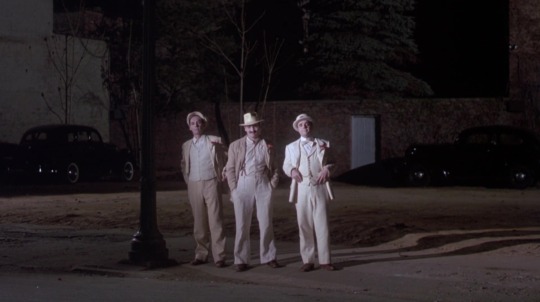
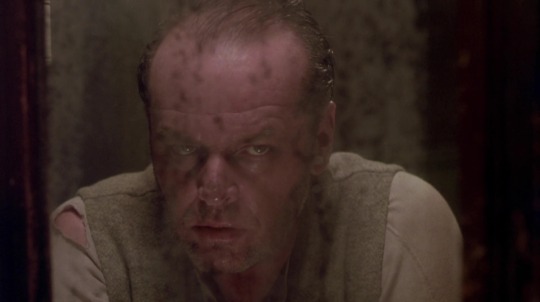
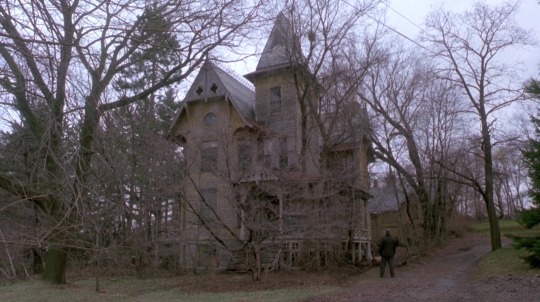

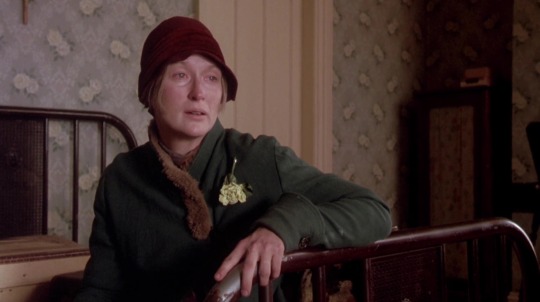

Ironweed (1987, Hector Babenco)
1/31/18
#Ironweed#Jack Nicholson#Meryl Streep#Tom Waits#Nathan Lane#Carroll Baker#80s#homeless#alcoholism#drama#period#Depression era#Albany#New York State#terminal illness#ghosts#musicians#baseball#flashbacks#schizophrenia#guilt#book adaptation#tearjerker#Oscar nominee#hobos#reunion#drifters#poverty
7 notes
·
View notes
Text

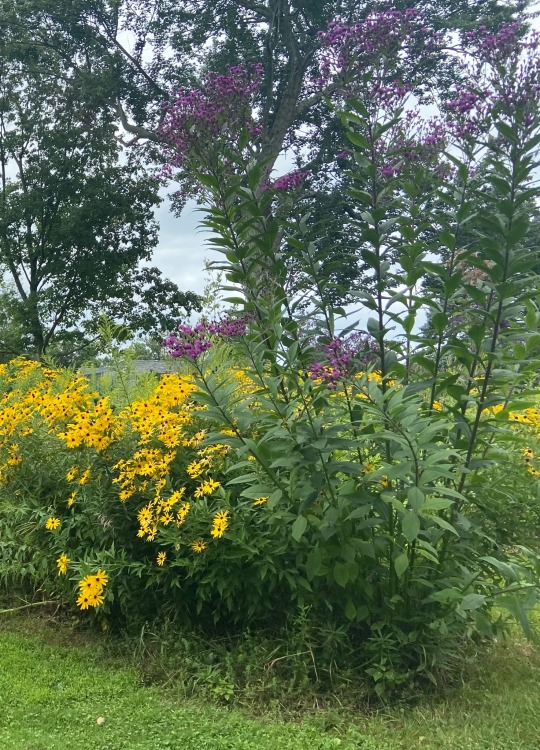
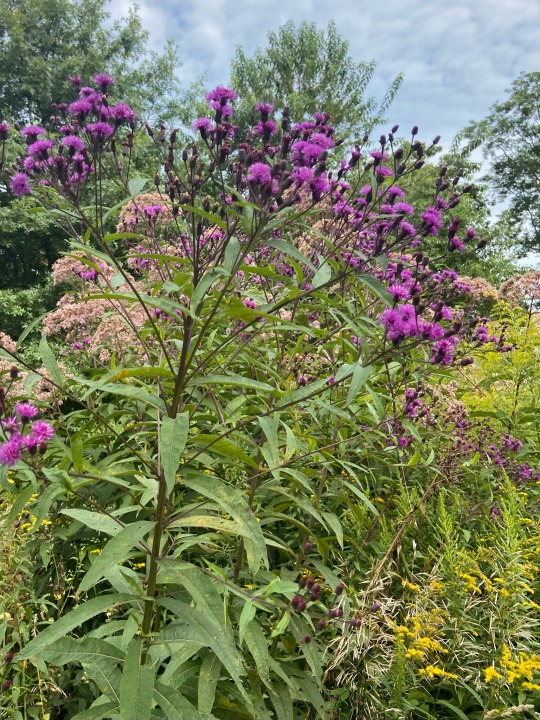
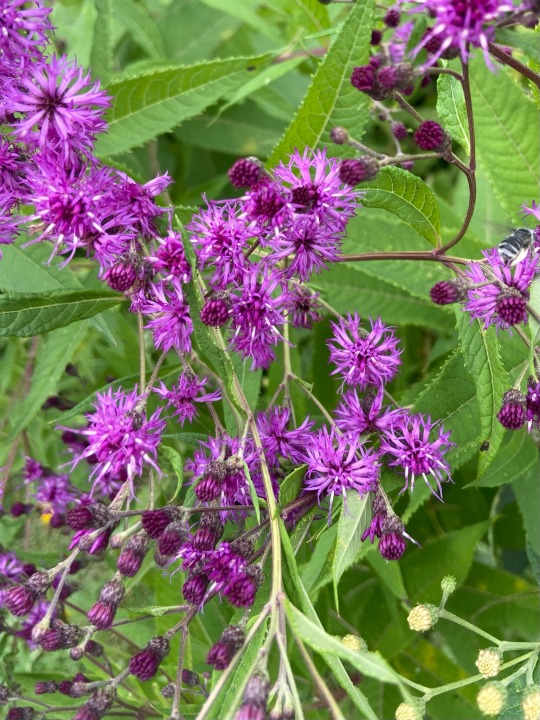
Native Northeast Plants: New York Iron Weed
Vernonia noveboracensis, Asteraceae family
Ironweed supposedly gets its name from its long strong stems that stand erect throughout the winter. Eh, I don’t this the moniker does it justice. Just look at this gorgeous brilliant purple flowers that’s loved by native bees. But oh, they do also sometimes come in white!
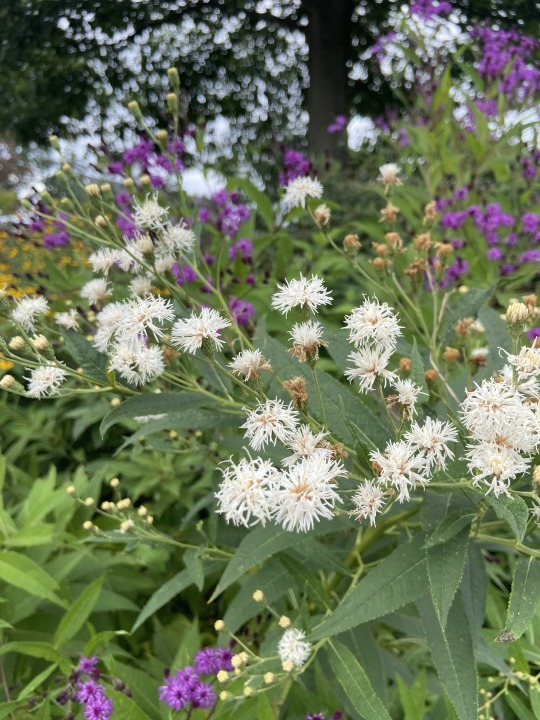
===
NOTE: This plant might not be exclusively native to the Northeast of the United States and could be native in a wider range of locations. I live in zone 6 area in the Northeast of the US so that is the lens of my focus.
6 notes
·
View notes
Text
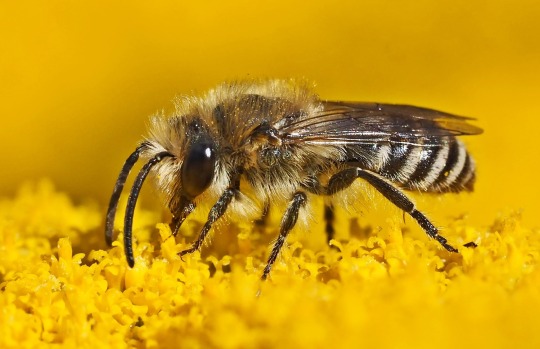
Welcome to the Cherish Lounge, A Summary of This Week's Exciting Bee News:
1. The Food and Agriculture Organization has unveiled its plan to host a virtual conference for World Bee Day on May 20th, 2021.
The theme, Bee engaged – Build Back Better for Bees, will outline how our community can help restore and enhance the role of pollinators. Source
2. Scientists from the Mt.Cuba Center have found a cultivated garden with fifteen native bee species that migrated to the area, including a Hylaeus Masked Faced Bee!
(Learn about the endangered species here)
Their survey suggests that if enough home gardeners plant targeted plants, the bees’ habitat loss will be mitigated, and the bees will show up. Our community is changing the world, feel proud! :D
These plants were the top species magnets: black willow, a goldenrod named Euthamia graminifolia, Virginia bluebell and New York ironweed. Source
[Bee Image by kie-ker from Pixabay]
#save the bees#protect the bees#bees#bee awareness#bee lover#bee lovers#protect nature#nature#gardening#bee keeping#environment#protect the environment#world bee day#honey bees#honey bee#bee#nature protection#environmentalist#environmentalists#save the planet#environmentalism#endangered species
15 notes
·
View notes
Photo




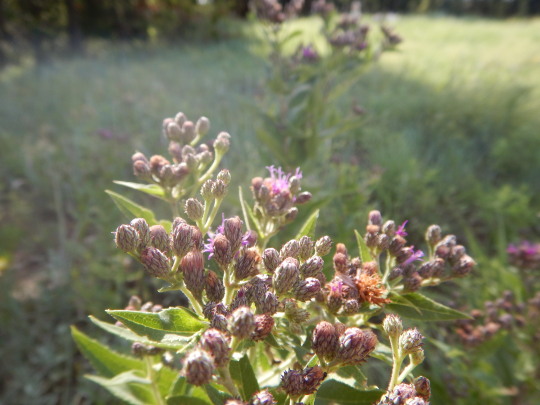
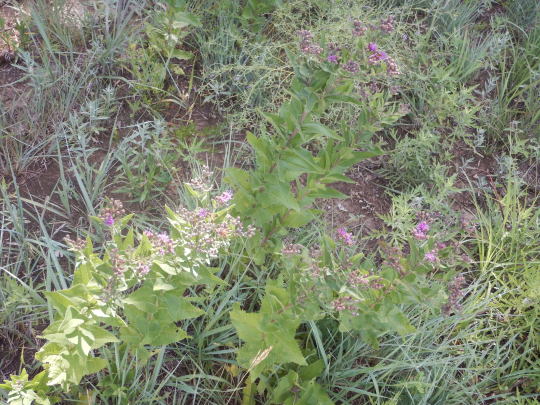
I love Oklahoma’s Ironweeds.
Vernonia baldwinii
Baldwin’s central plains ironweed.
Oklahoma is a Vernonia spp. hot spot, the diversity there is overwhelming, especially with hybrids. 8 total species are present in the state with one introduced species. Multiple hybrids are possible with range overlaps. Species of Vernonia are nice to ID though, foliage differences are noticeable enough to eyeball. Some species have, prominent stature and height like that of New York and Giant. Midsized broad leaved ironweeds have notable variation on abaxial hair and leaf shape. This species, pictured above, has fairly short hair on the underside of it’s leaves and pretty broad leaves as far as the medium sized ironweeds go; Vernonia missurica has a thick and noticeable indumentum with leaves similar in shape to the broader/lanceolate to that of V. fasciculata which has pitted sparsely pubescent abaxial surfaces. As for the others, they are what I call the linear leaf group; V. arkansana’s pubescent gloss and upright posture is insane, V. lettermannii looks like if you asked a botanist to draw Amsonia hubrichtii with Liatris spp. flowers, V. texana appearance is usually not overtly clumped and much smaller than V. arkansana. The southwestern plains Ironweed, Vernonia marginata, also shares an Amsonia hubrichtii look to it but is noticeably branched corymb’d at the apex when in flower, both V. lettermannii and V. marginata are range restricted.
With that said, the real kicker is the phyllaries, Vernonia spp. are known to have some of the most distinguishable looking bract arrangements on the planet as far as Asteraceae is concerned (see V. arkansana for example) .
There are 6 species of Ironweed noted, as having native ranges in the Wichita Mountains, From the original only four were known to be native to the region.
Vernonia texana and Vernonia arkansana are considered extirpated from Wichita and now associated as uncommon in the Ouachita.
The next species pretty isolated, widely spread but with a specific habit, is the seldom documented in Ouachita Mountains semi-narrow endemic that is extirpated from the Wichita and hasn’t been seen or spoken of there outside of old records, Vernonia lettermannii.
Vernonia missurica, Vernonia baldwinii, and Vernonia fasciculata are still present in parts of the Wichita with Vernonia baldwinii being the most common.
#Vernonia baldwinii#Vernonia#botany#plantblr#cottagecore#cottage core#kawaii#wildflowers#plants#forbes#prairie#prairie ecology#prairie core#ok#oklahoma#plant#flowers#happy new year
19 notes
·
View notes
Photo
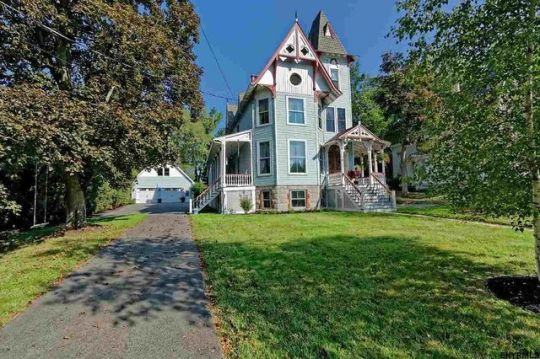
“Ironweed House”
Singerlands, New York
circa 1876
74 notes
·
View notes
Link

Plants growing along I-65 near the Tennessee and Alabama border. Swath mowing allows wildflowers to bloom and attracts pollinators. Credit: William DeShazer for The New York Times
Excerpt from this New York Times Op-Ed:
A few years ago I started noticing wildflowers blooming beside the highway: ironweed and goldenrod and snakeroot and black-eyed Susan. The first time it happened the sun was in my eyes as I drove west toward Memphis, and a late summer drought was filling the air with dust motes. For a moment I thought I was imagining flowers where flowers had never been before. A daydream on a lonesome stretch of highway as twilight came on.
There was nothing unusual about the flowers themselves — they’re the plants that commonly bloom along Nashville’s greenways during late summer — but these flowers weren’t in a park or a nature preserve. They were growing right on the interstate median and on the side of the road. I figured the state’s Department of Transportation simply hadn’t gotten around to mowing yet.
Then I started to see the flowers in springtime, too, and all summer. The decision not to mow, it turns out, was deliberate. The Tennessee Department of Transportation — like many other state transportation departments across the country — now practices swath mowing, a strategy that allows wildflowers to bloom unmolested in rural areas till after the first frost. Instead of clearing the entire space between the road and the right-of-way fence, mowers clear only a 16-foot-wide area next to the road.
The mowed swath preserves clear sightlines for drivers while allowing wildflowers to grow in the deep margins between the mowed area and the fence. After the wildflowers have gone to seed, and the seeds have had time to ripen and drop, mowers clear the entire area again to keep trees from becoming established too close to the road. In Tennessee, this plan began as an experimental program in 2013 and now encompasses all rural highways managed by the state. That’s 13,807 miles of blooming flowers across Tennessee.
The flowers are beautiful, of course, and there’s a practical benefit to the plan, too: Reducing the frequency of mowing saves money. But neither beauty nor cost-cutting is the primary motive for swath mowing. The real reason behind the change is a concern for the health of the state’s pollinators — butterflies, honeybees, native bees, beetles and other insects.
9 notes
·
View notes